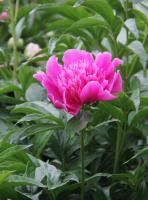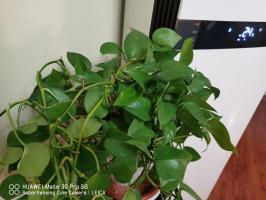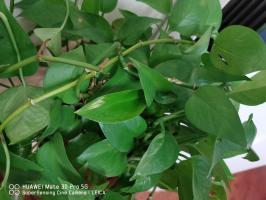Which Part of the Plant Conduct Water to the Leaves
Plants are complex organisms that are made up of a variety of adaptable structures that allow them to survive and thrive in different environments. One of the most important functions of plants is to transport water and nutrients from the soil up to the leaves, where they can be used to produce energy through photosynthesis. In this article, we will explore which part of the plant is responsible for conducting water to the leaves.
Roots
The roots of a plant are responsible for taking in water and nutrients from the soil. They have tiny hair-like structures called root hairs, which allow the plant to absorb water more efficiently. The water is then transported up the plant through specialized cells called xylem, which are located in the roots.
Xylem cells are long and tubular, with thick walls made of lignin, a complex polymer that provides structural support. These thick walls resist collapse under pressure, allowing the cells to transport water efficiently, even in harsh environmental conditions.
Stems
The stem of a plant is responsible for supporting the leaves and transporting water and nutrients up to them. The stem contains a specialized tissue called the vascular tissue, which includes both the xylem and phloem.
The xylem in the stem is connected to the xylem in the roots, allowing water and nutrients to flow up from the roots and into the stem. The xylem cells in the stem are also thick-walled and provide support, as well as transport water and nutrients efficiently.
Leaves
The leaves of a plant are where photosynthesis occurs, which is the process by which plants convert sunlight into energy. In order to do this, they need a steady supply of water and nutrients, which are transported up to the leaves through the stem.
The veins in the leaves contain both xylem and phloem, which allow for the transport of water and nutrients up to the leaves and sugars produced during photosynthesis down to the rest of the plant. The xylem in the leaves is responsible for transporting water and nutrients up to the sites of photosynthesis, while the phloem is responsible for transporting the sugars produced during photosynthesis to other parts of the plant.
Conclusion
So which part of the plant conducts water to the leaves? The answer is all of them! Plants have evolved a complex system of tissues and structures that work together to transport water and nutrients from the roots, up through the stem, and into the leaves where they are needed for photosynthesis. Understanding how this system works is critical for understanding the biology and ecology of plants, and for developing new strategies for agriculture and environmental conservation.

 how many times do yo...
how many times do yo... how many planted tre...
how many planted tre... how many pine trees ...
how many pine trees ... how many pecan trees...
how many pecan trees... how many plants comp...
how many plants comp... how many plants can ...
how many plants can ... how many plants and ...
how many plants and ... how many pepper plan...
how many pepper plan...































